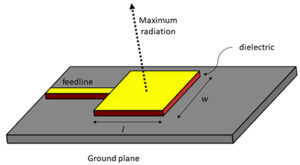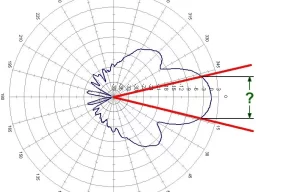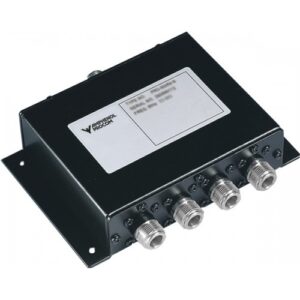TE mode
In the most basic TE mode of TE10, when the length of the waveguide’s wide side is 2.286cm, electromagnetic waves with a frequency of 10 GHz can be successfully transmitted, and the frequency is set according to the critical frequency of the waveguide, that is, the lowest frequency of electromagnetic waves propagating in the waveguide.
The characteristic impedance calculation shows that the characteristic impedance at an operating frequency of 10 GHz is about 377 ohms divided by 1 minus the square root (wavelength divided by 4.572 cm).
The calculated results show that the characteristic impedance of TE10 mode at 10 GHz is about 500 ohms, and the characteristic impedance is successfully reduced to 250 ohms by adjusting the waveguide size.

TM mode
For the most common TE10 mode, the characteristic impedance is calculated as follows: Z=η1−(λ2a)2 Z = η√{1 – (λ/2a)^2} Z=η1−(2λ)2, where η is about 377 ohms, is the intrinsic impedance in the air.
In the TM mode of the rectangular waveguide, the electric field component is parallel to the direction of the wide side of the waveguide. For example, in the standard TM11 mode waveguide, the electromagnetic wave can be transmitted effectively when the wide side length of the waveguide is 2.286 cm and the operating frequency is set to 10 GHz. The high-throughput communications satellite launched in 2018 uses a variety of waveguide modes to adapt to different frequency bands and transmission needs.
Electromagnetic properties of media
When considering the materials inside the waveguide, one must pay attention to their relative permittivity (ϵr) and permeability (μr), since these parameters directly determine the wavelength and propagation speed. If the waveguide uses a medium with a relative dielectric constant of 2.2, the wavelength of the same size and frequency will be reduced to about 1/√2.2, about 69%, compared to air (ϵr=1).
An innovative study in 2017 successfully optimized the transmission efficiency of satellite signals by adjusting the electromagnetic characteristics of the medium material to improve the signal quality and reduce energy loss, if the impedance mismatch system can suffer a signal reflection loss of up to 30 percent.







